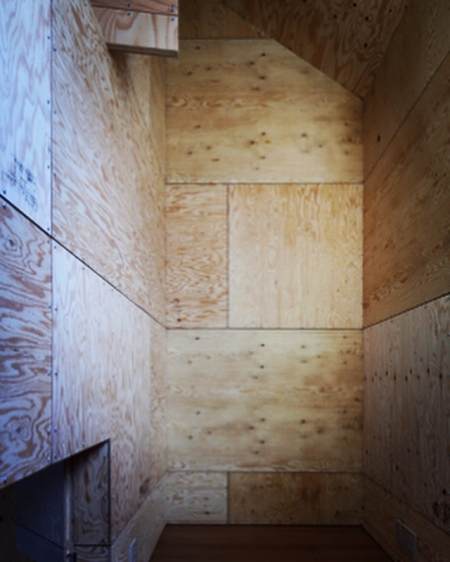小さな空間の積み重ね
空間の指向性が無くなれば、効率という尺度から無縁になることができ、より人の営みを反映した空間とすることができる。そのためには、空間の指向性を生む壁と設えをランダムに配置にすればよいが、他にも空間の指向性を無くす方法として、空間の大きさに着目してみたい。
例えば、人が動き回れない位の小さな空間だとしたら、そこに人の動きの効率性は求められないし、「動線」などという考えも必要無い。
ならば、小さな空間の積み重ねで、空間全体を構成してみるという考えもあるが、今度は小さな空間の並びに効率性が求められるので、小さな空間をランダムに配置して指向性を無くす。
そのランダムに配置された小さな空間が設えであり、壁になり、人の営みを反映し、それは、人の営みによって、空間の形の見え方が変わることを目指す。
"Stacking of small spaces"
If the directionality of the space disappears, it can be made free from the scale of efficiency, and the space can be made more reflective of human activities. To that end, it is only necessary to randomly arrange the walls and installations that give rise to the directivity of the space, but I would like to pay attention to the size of the space as another method of eliminating the directivity of the space.
For example, if it is a small space where people cannot move around, the efficiency of human movement is not required, and the idea of "traffic lines" is not necessary.
Then, there is an idea that the whole space is configured by stacking small spaces, but this time, the efficiency of small spaces is required, so the small spaces are randomly arranged to eliminate directivity.
The randomly placed small space is a setting, becomes a wall, and reflects the human activities, which aims to change the appearance of the space depending on the human activities.

